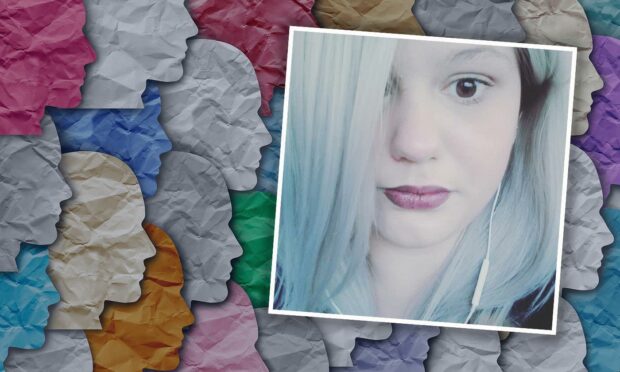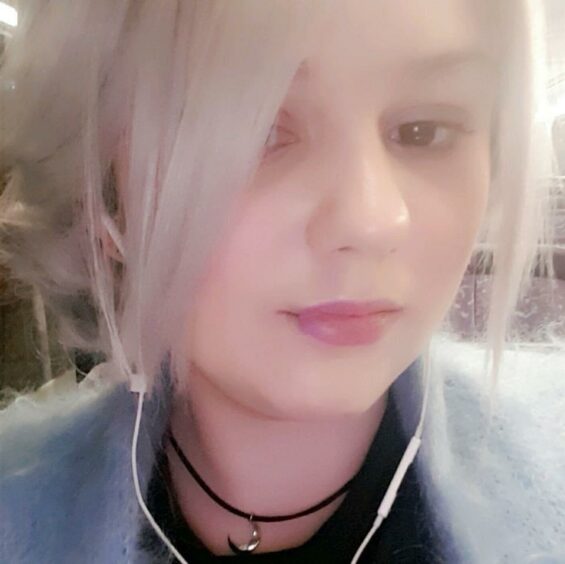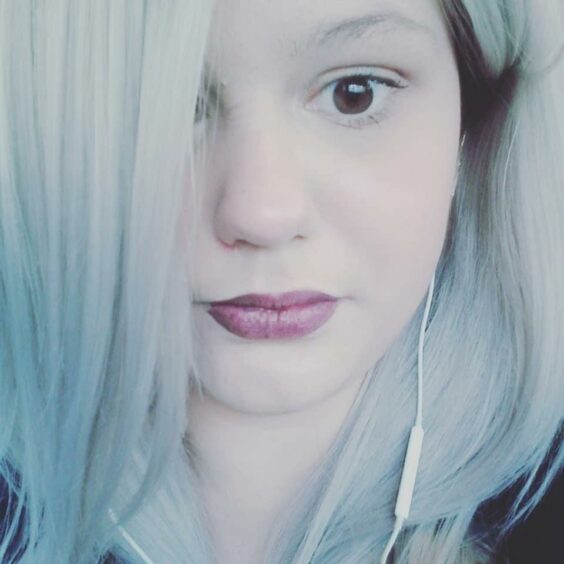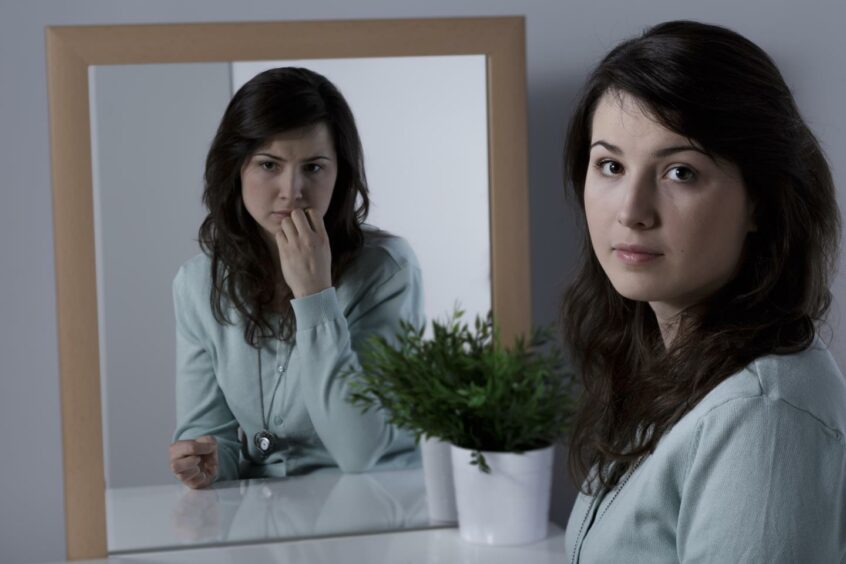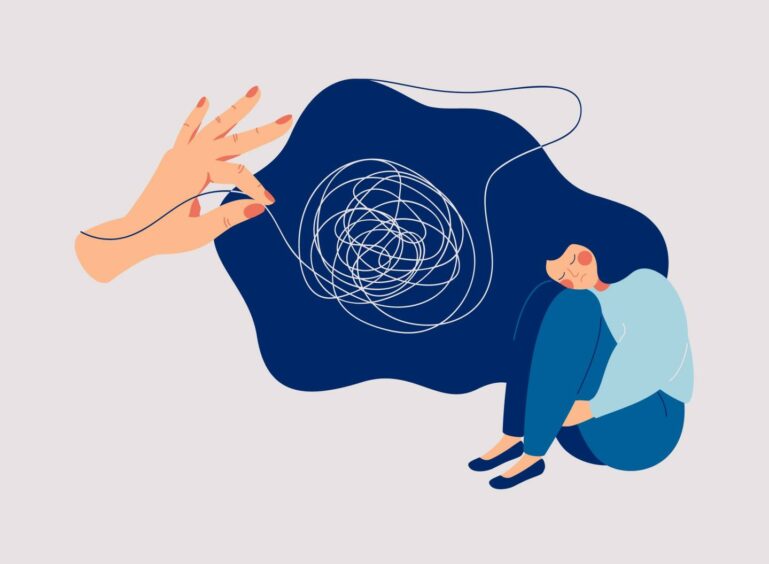Jessica Daly began experiencing symptoms of borderline personality disorder (BPD) as a teenager.
But it was the death of her gran, and her struggles to cope with the bereavement, that led her to seek support.
Personality disorders are often misunderstood, stigmatised and sensationalised in the media.
And Jessica is keen to change people’s perceptions of what living with the condition is like.
The 24-year-old explains: “I’d experienced symptoms from around 2009, when my gran was ill.
“Then I really struggled to come to terms with her death, because growing up she was practically like my mum.
“I attempted to take my own life. But then I just realised I needed help.”
What is BPD?
BPD is a type of personality disorder. People living with the condition often have very intense emotions that can change quickly.
It can also cause people to have suicidal thoughts, self-harm, struggle to control anger and have difficulty trusting others.
Jessica continues: “I was diagnosed with BPD in 2014, just after I’d turned 18.
“I’d heard of it but you know the way it’s shown in the media – you’re portrayed as being a ‘psycho’, violent, manipulative. It was like, ‘I’ve got this?’”
‘I was so angry about it’
“It made me angry when I found out about my diagnosis, extremely angry.
“I just thought ‘borderlining what?’ I’d heard about it but now they were saying I had a personality disorder?”
Jessica’s main symptoms were constantly changing moods: Going from feeling fine one minute to “crushingly low” the next.
She explains: “I couldn’t see any positivity in my life. The people around me were telling me I had things to live for, but I didn’t see that.
“I was a revolving door patient, constantly going between A&E and crisis teams.”
‘I feel more positive now’
But Jessica, has come a long way since her diagnosis, thanks to the support of her mental health team in Glasgow.
She says: “I have my moments of instability, but I’m learning to cope with it.
“I’m under a great mental health team now and that’s made the difference because I’ve had negative experiences in the past.
‘I can still struggle with emotions’
“It still impacts my life on a daily basis because I can still struggle with my emotions. But I’m learning to cope with them.
“I feel more positive than when I was first diagnosed.”
Jessica now works mentoring disadvantaged young people.
She’s hopeful her BPD remains stable so she can pursue her dream of training as a mental health worker.
‘People need right treatment…quickly’
The Scottish Government recently announced £600,000 of new funding to support those living with a personality disorder, aiming to transform care they receive.
Jessica adds: “I’ve got the support I need now, but I wish I’d had it earlier on: Then things might not have got so out of control.
“So, I think it’s great news this funding has been created. It makes me happy there will be more support, because BPD can be very troublesome to cope with.
“It will allow people to get the right treatment, hopefully earlier on than I got it.
“There’s such a horrible stigma attached to BPD, and we’re not how we’re portrayed in the media.
“It affects everyone differently – no two people who have the condition are the same. Everyone has their own ways of coping.”
For more information on BPD, visit Mind.
